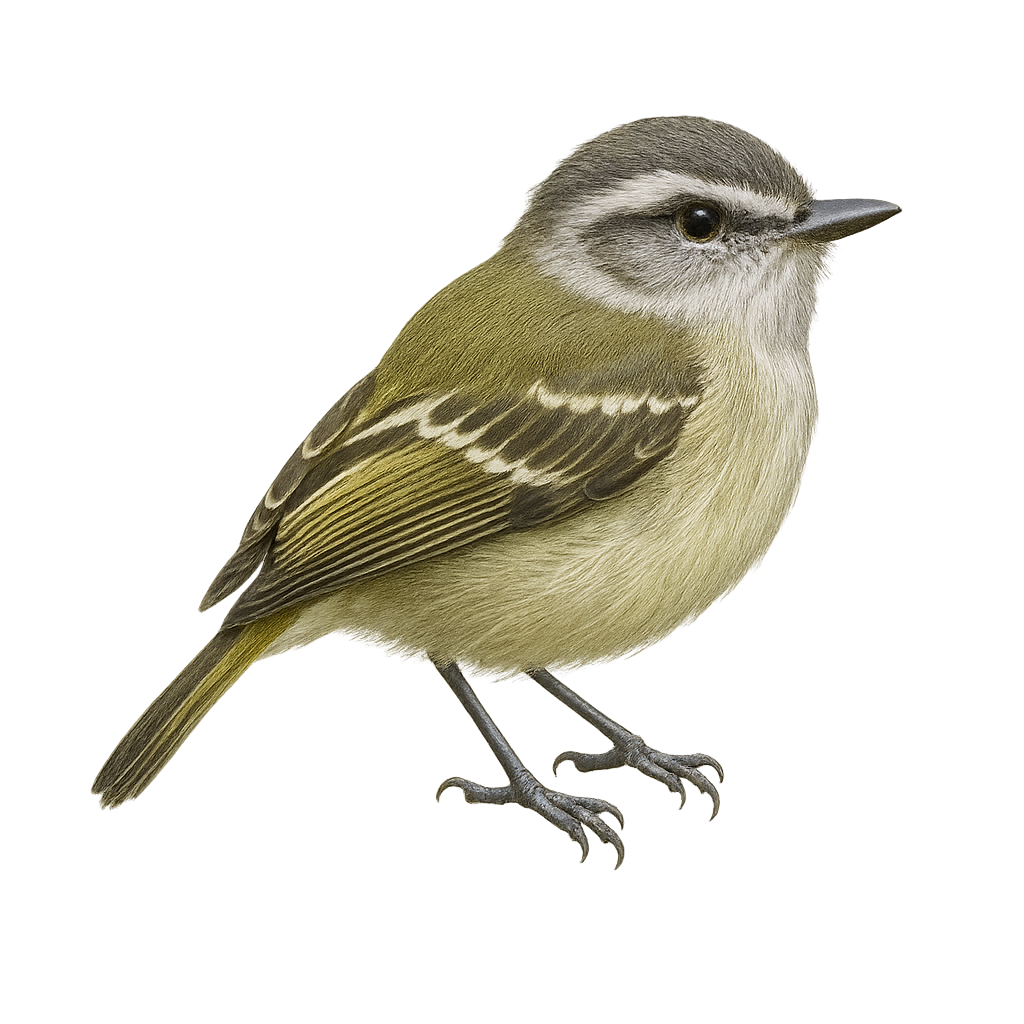Your wildlife photography guide.
Explore the streaked-winged tyrannulet in detail, study its behavior, prepare your shots.
Where to observe and photograph the streaked-winged tyrannulet in the wild
Learn where and when to spot the streaked-winged tyrannulet in the wild, how to identify the species based on distinctive features, and what natural environments it inhabits. The WildlifePhotographer app offers tailored photography tips that reflect the streaked-winged tyrannulet’s behavior, helping you capture better wildlife images. Explore the full species profile for key information including description, habitat, active periods, and approach techniques.
Streaked-winged Tyrannulet
Scientific name: Mecocerculus stictopterus

IUCN Status: Least Concern
Family: TYRANNIDAE
Group: Birds
Sensitivity to human approach: Suspicious
Minimum approach distance: 10 m
Courtship display: October to November
Incubation: 16-18 jours
Hatchings: October to December
Habitat:
montane humid forests, subtropical forests, forest edges
Activity period :
Primarily active during the day, with peak activity in the morning and late afternoon.
Identification and description:
The Streaked-winged Tyrannulet is a small bird from the Tyrannidae family, commonly found in the humid montane forests of South America. It is characterized by its streaked wings and olive-green plumage. Its modest size and discreet behavior make it sometimes difficult to spot. It primarily feeds on insects, which it catches in flight or by foraging through foliage. Its song is a soft, repetitive trill, often heard before the bird is seen. It is usually solitary or found in small groups and can be observed at altitudes ranging from 1500 to 3000 meters.
Recommended lens:
400 mm – adjust based on distance, desired framing (portrait or habitat), and approach conditions.
Photography tips:
To photograph the Streaked-winged Tyrannulet, it is advisable to use a telephoto lens of at least 400mm to capture detailed images without disturbing the bird. Look for it in humid montane forests, especially along the edges where it is more active. Be patient and discreet, as this bird is suspicious and can quickly hide. Listen for its distinctive song to locate its position. The best times to observe it are early in the morning or late in the afternoon when activity is at its peak.
The WildlifePhotographer App is coming soon!
Be the first to explore the best nature spots, track rutting seasons, log your observations, and observe more wildlife.
Already 1 431 wildlife lovers subscribed worldwide

